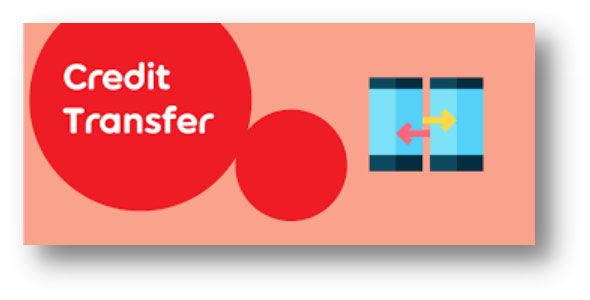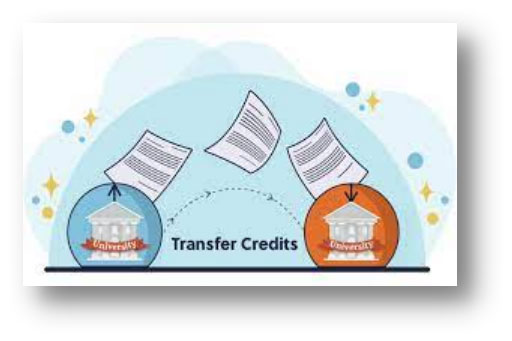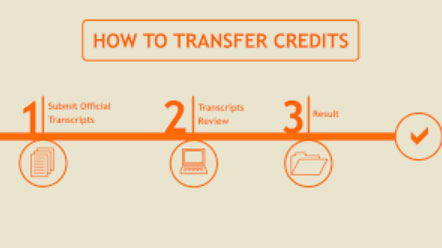There are many types of "credit transfers," but one of the most common is when a credit institution delivers money to an individual's accounts in answer to a payer's request. One or both of the following may be used for credit transfers: a transaction account, a payment account, a separate "Other" source of money, or a combination of the three. Suppose you want to start an electronic credit transfer. In that case, you may use any of the following: your primary checking/savings/savings account, another payment account, another "account," another source of cash, or any combination of these.

Apply for a Credit Transfer
The ability to transfer credits from one authorized post-secondary school to another is known as credit transfer. There are no transferable creditsfor courses completed at independent vocational or seminary institutions or for academic upgrading or general interest. All certificates can't be used to fulfill or more than 75% of a degree program's requirements.
Is it possible for me to participate?
To become eligible for transfer credits, you must first accept an offer of admission from the school you are applying for credit transfer.
To be eligible for credit transfer, core courses must meet the following criteria:
- In terms of content and learning outcomes, they are at least 80 percent comparable. See our student self-evaluation guide to find out whether your prior course(s) might be considered equal.
- If a course was completed at a different institution, a passing grade of 60% or above is required to apply for credit transfer. A pass mark in the subject sought is required for previously completed courses.
- The number of hours of training should be equivalent (or nearly equal) to the number of hours spent on the topic. The topic content of a course must be distinct from the subject matter required for the system for it to be counted in a student's grade point average.
- Within the previous five years, all finished courses must be completed. Classes finished and over five years earlier may be presented. Still, suppose significant changes have occurred in practice or standards, policies or regulations, or advanced technologies requirements after their completion. In that case, they may be denied on the grounds of their advancing age. In most circumstances, education courses are exempt from the five-year limit.

If you successfully finish a dual creditcourse, you may apply the Credit you gained toward your degree requirements. Following are the actions outline to complete your purchase.
Ready to submit an application
You may now apply for a credit transferusing our new online application.
As long as you've already finished the appropriate courses, you don't need to submit extra paperwork. You'll need to indicate which past courses you believe are equal to those in your current system.
It's necessary to give the following information if applying for a credit transferearned at another university:
- There has to be an official transcript to show that you have passed the course with a minimum grade of 60%/C or a passing score. There is no need to submit a new transcript if you have already provided an official document as part of the current application process.
- Course outlines Examine your previous course summaries to see whether they are comparable to those you are applying for an exemption from. This material is sent to the right expert in the field as proof. Your papers may be turned in either electronically or in person.
- There is a fee of $16 per course for submitting a request. A voucher for use in-store will be sent if payment through a credit card is not feasible.

Have you already applied?
If you apply during busy times, you may wait up to six weeks for a response. Credit transferapplications may be tracked using an online form.
A Letter of Authorization
Before enrolling in another institution's course, you must apply Letter of Permission (LOP). Using LOP approval assures that your intended course of study will be accepted.
must meet the following requirements:
- Must be a good student in a period of study.
- A good reputation is required.
- Make sure there are no violations of academic integrity. You can't be in your first semester of college to be eligible (as you will not have a place in your program).
- If the program is accepted, the student must not exceed the residency restrictions.
Fees
External Credit Transferapplications must include a non-refundable $16/course assessment fee.
If you are successful in your credit transfer application, you will not be eligible for a tuition fee reduction until you are reduced to part-time status. If you get OSAP and are concerned about how many courses you may miss without becoming part-time, you should speak with Financial Aid for clarification.




